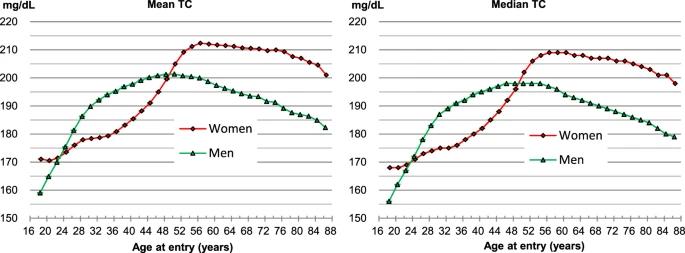List of Fitness Tests
List of ways to test your fitness
Continuous Pushups
Sit Rise Test
Sit and Reach
One Leg Stand
Reaction Time
Waist-to-Height Ratio
Grip Strength
12 Minute Cooper test https://nrpt.co.uk/training/tests/running/cooper.htm
Cardiovascular & Endurance Tests
- VO2 Max Test (Gold standard for cardiorespiratory fitness)
- Metric: ml/kg/min of oxygen consumption
- Higher scores correlate with lower mortality risk
- 6-Minute Walk Test
- Metric: Distance covered in 6 minutes
- Predicts functional decline and mortality in older adults
- Stair Climb Test
- Metric: Time to climb 4 flights of stairs
- Under 1 minute indicates good cardiac health
Strength & Power Tests
- Continuous Pushups
- Metric: Number of proper form pushups
- Strong indicator of overall muscular endurance
- Grip Strength
- Metric: Force in kilograms using dynamometer
- Powerful predictor of mortality and disability
- 30-Second Chair Stand
- Metric: Number of stands from sitting position
- Assesses lower body strength and endurance
- Dead Hang Test
- Metric: Time hanging from pull-up bar
- Indicates upper body strength and shoulder health
Balance & Coordination Tests
- One Leg Stand (Eyes Open and Closed)
- Metric: Time maintaining balance
- Less than 20 seconds indicates fall risk
- Tandem Walk Test
- Metric: Walking heel-to-toe in straight line
- Assesses dynamic balance and coordination
- Functional Reach Test
- Metric: Distance reached forward while standing
- Predictor of fall risk
Flexibility & Mobility Tests
- Sit and Reach
- Metric: Distance reached past toes
- Indicates hamstring and lower back flexibility
- Shoulder Mobility Test
- Metric: Ability to touch hands behind back
- Assesses upper body mobility
- Thomas Test
- Metric: Hip flexor flexibility
- Important for posture and back health
Functional Movement Tests
- Sit Rise Test (SRT)
- Metric: Ability to sit and rise from floor using minimal support
- Each point lost correlates with mortality risk
- Timed Up and Go (TUG)
- Metric: Time to stand, walk 3m, return and sit
- Predicts fall risk and functional decline
- Five Times Sit-to-Stand
- Metric: Time to complete 5 chair stands
- Assesses lower body strength and power
Body Composition Metrics
- Waist-to-Height Ratio
- Metric: Waist circumference divided by height
- Should be less than 0.5 for optimal health
- Body Fat Percentage
- Metric: Percentage of body mass that is fat
- Important indicator of metabolic health
- Muscle Mass Index
- Metric: Muscle mass relative to height
- Low scores indicate sarcopenia risk
Cognitive-Physical Tests
- Reaction Time Test
- Metric: Time to respond to visual/auditory stimulus
- Indicates neurological health
- Dual-Task Walking Test
- Metric: Ability to walk while performing cognitive task
- Predicts cognitive decline and fall risk
Recovery Tests
- Heart Rate Recovery
- Metric: Heart rate decrease 1 minute post-exercise
- Drop of 12+ beats indicates good fitness
- Heart Rate Variability (HRV)
- Metric: Variation in time between heartbeats
- Higher variability indicates better health
Performance Standards
Excellent scores by age group and gender should be provided for each test. Regular retesting (every 3-6 months) is recommended to track progress and identify areas needing attention.
Test Protocol Guidelines
- Perform tests in the morning when fresh
- Maintain consistent testing conditions
- Record detailed metrics for tracking
- Use standardized equipment when possible
- Have a spotter present for safety when needed

